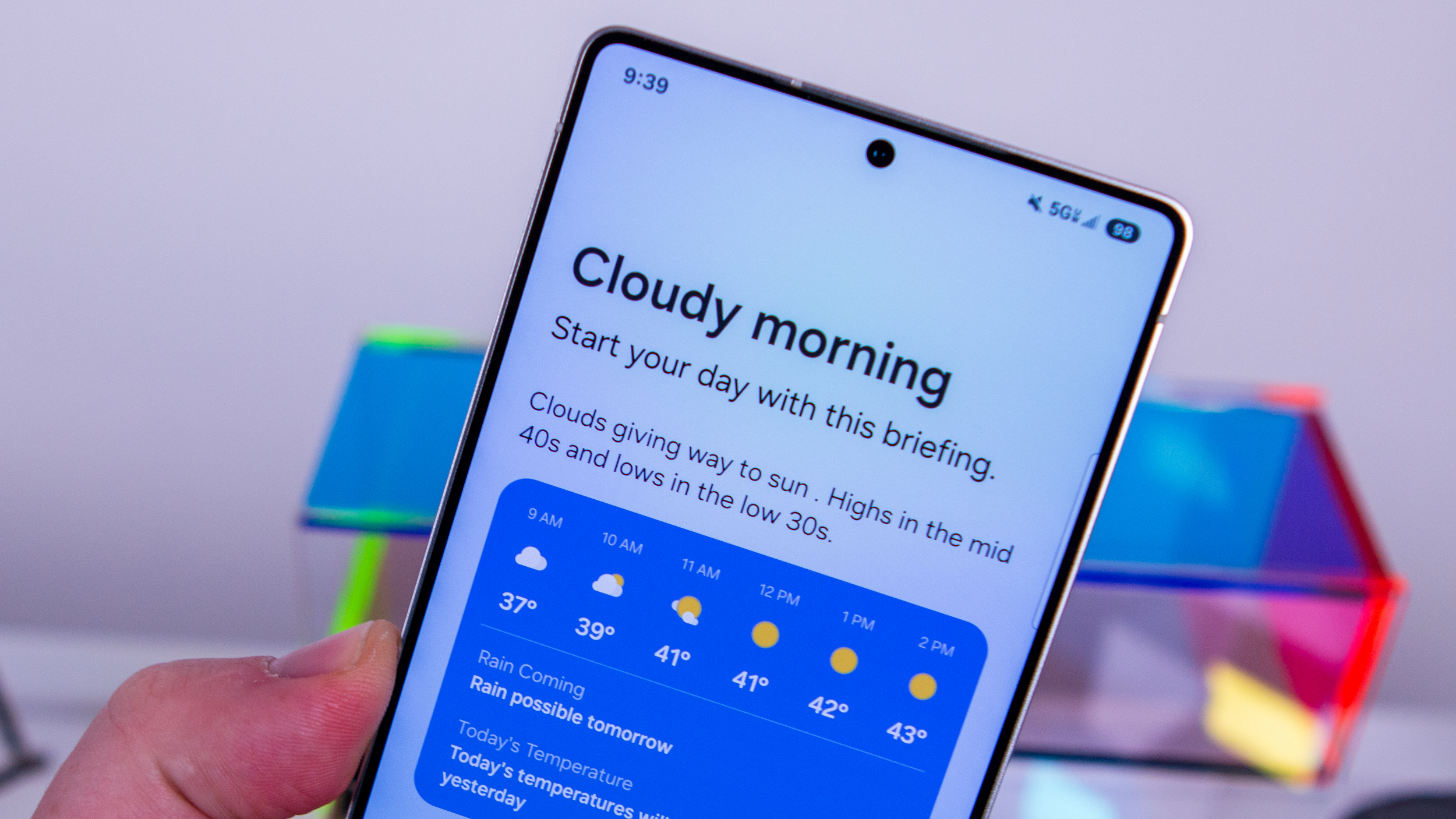Android Central Verdict
XGIMI ditched the built-in battery on the MoGo 2 Pro in favor of large onboard audio, and the result is a portable projector that's absolutely fabulous. The MoGo 2 Pro is noticeably brighter than its predecessor, is hassle-free to set up and use thanks to autofocus and auto keystone correction, and there's finally a way to stream Netflix. It needs external power via a power bank or wall outlet, but if you want a bright portable projector that you can take anywhere, look no further.
Pros
- +
Brighter 400 lumen projection
- +
Auto keystone correction
- +
Excellent onboard sound
- +
Workaround to enable Netflix
- +
Android TV 11 out of the box
Cons
- -
No built-in battery
- -
No carrying case
Why you can trust Android Central
What makes a portable projector? That's the question I've been asking myself in the two weeks I used XGIMI's latest product, the MoGo 2 Pro. On the one hand, the projector is brighter than its predecessor, has much better onboard audio, and is significantly easier to set up and use. While these are all noteworthy additions, XGIMI removed the internal battery from the MoGo 2 Pro, so it needs an external power source to work.
This is a limitation considering the first-gen MoGo Pro had a built-in battery that delivered up to two hours of usage without any external power. To use the MoGo 2 Pro in a portable setting, you'll need to bring along a power bank that goes up to 65W. While that makes the projector less versatile than its predecessor, the upgrades on offer make the MoGo 2 Pro a fantastic take-anywhere projector.
XGIMI MoGo 2 Pro: Pricing and availability
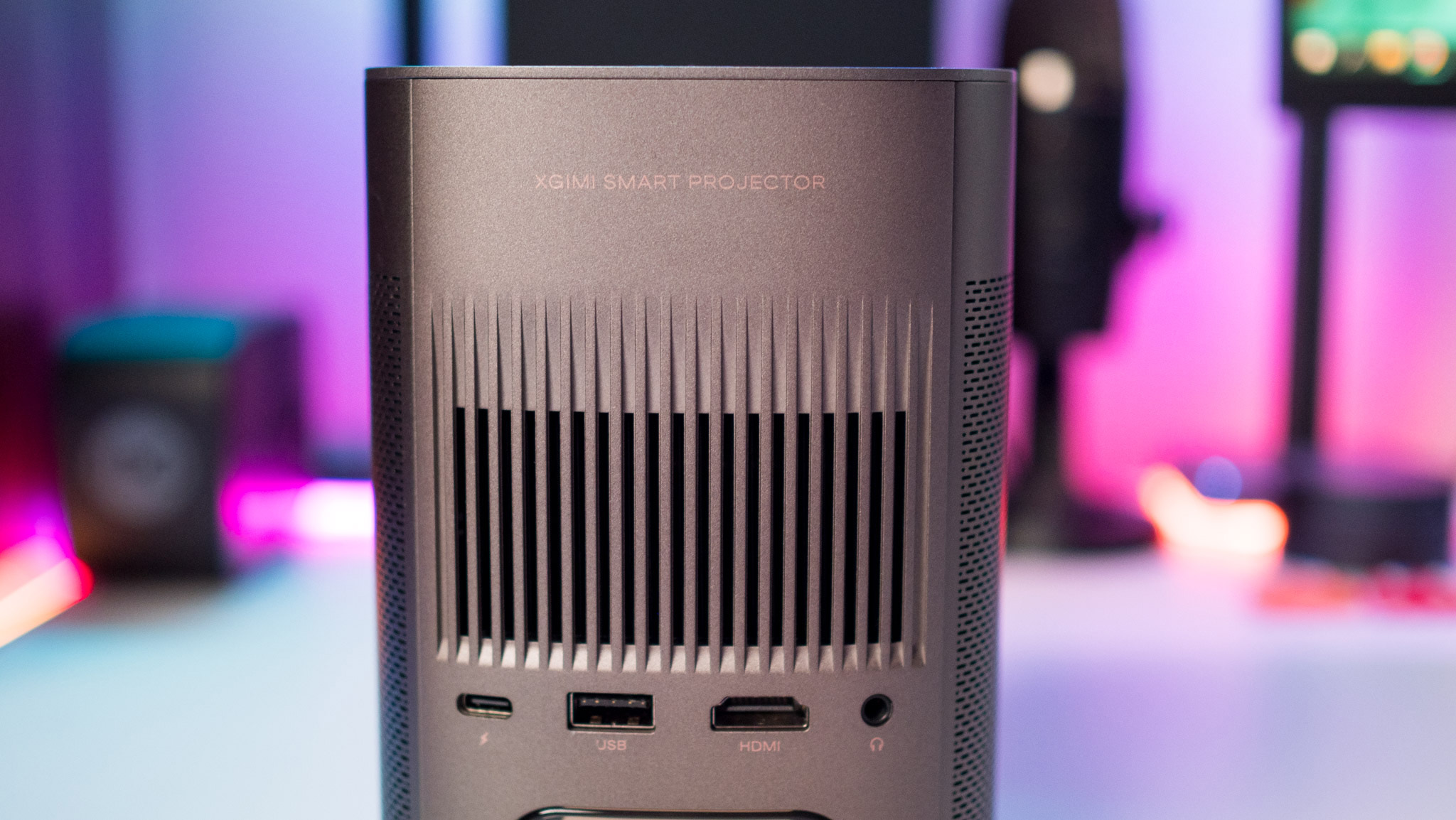
XGIMI unveiled the MoGo 2 Pro on March 30, and the projector is now up for pre-order on the brand's website. The MoGo 2 Pro retails for $599 but is currently available for $549, and XGIMI is also rolling out a standard variant dubbed the MoGo 2 that lists at $399 and can be had for $349 right now.
The MoGo 2 Pro is a 1080p projector, and the MoGo 2 offers a 720p projection. The Pro model has better keystone correction, but other than that and the higher resolution, the hardware is identical across both variants.
XGIMI MoGo 2 Pro: Design and features
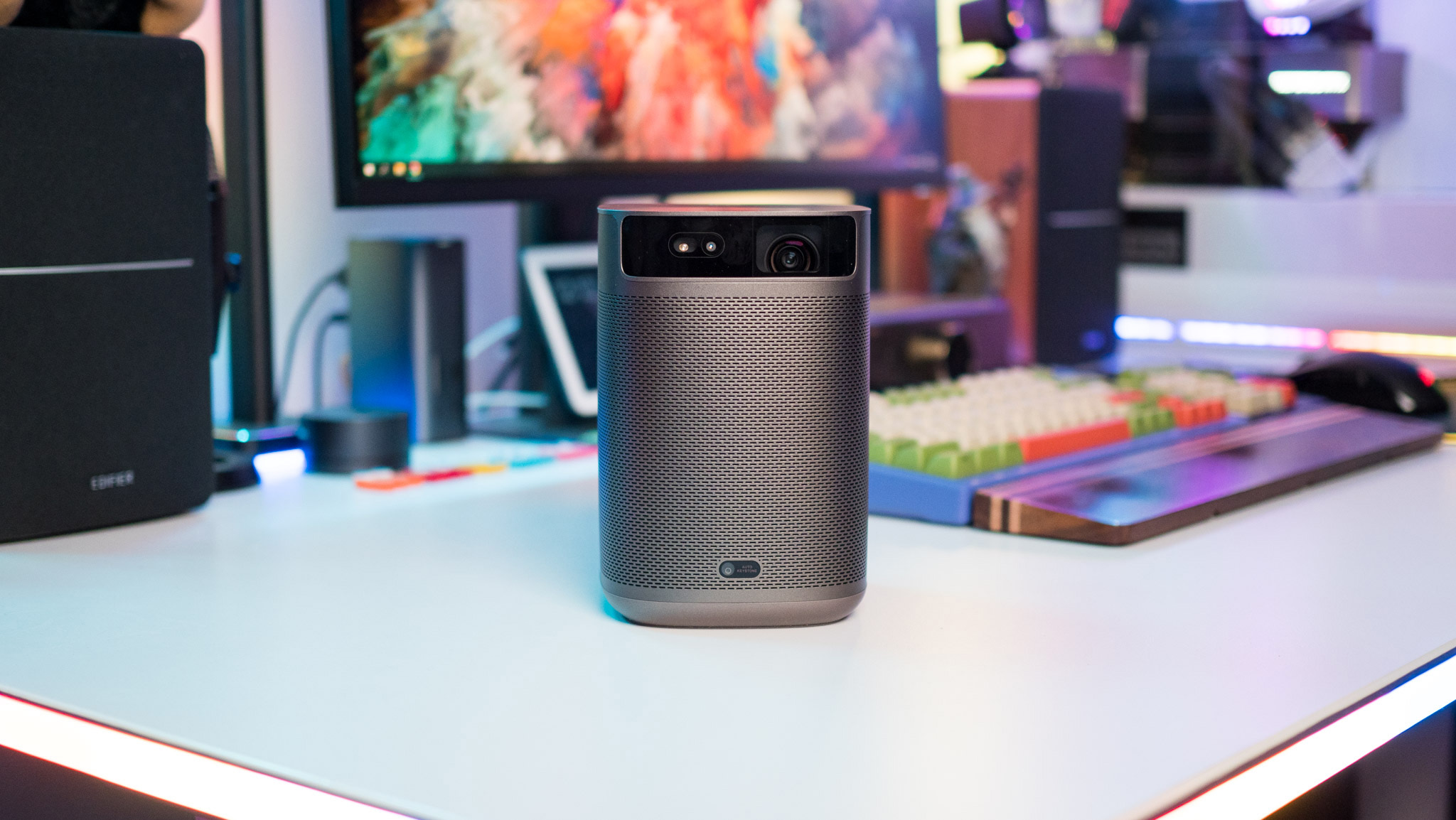
I've always liked XGIMI's design aesthetic, and that's no different with the MoGo 2 Pro. It features the same brushed aluminum design as the larger Horizon Pro 4K projector, and the grey color scheme makes it look premium. Coming in at 2.42lb (1.1kg), it is inherently portable, and you can throw it in a bag and carry it anywhere. I would have liked to see a carrying case bundled in the package to protect the lens, but it isn't a huge issue.
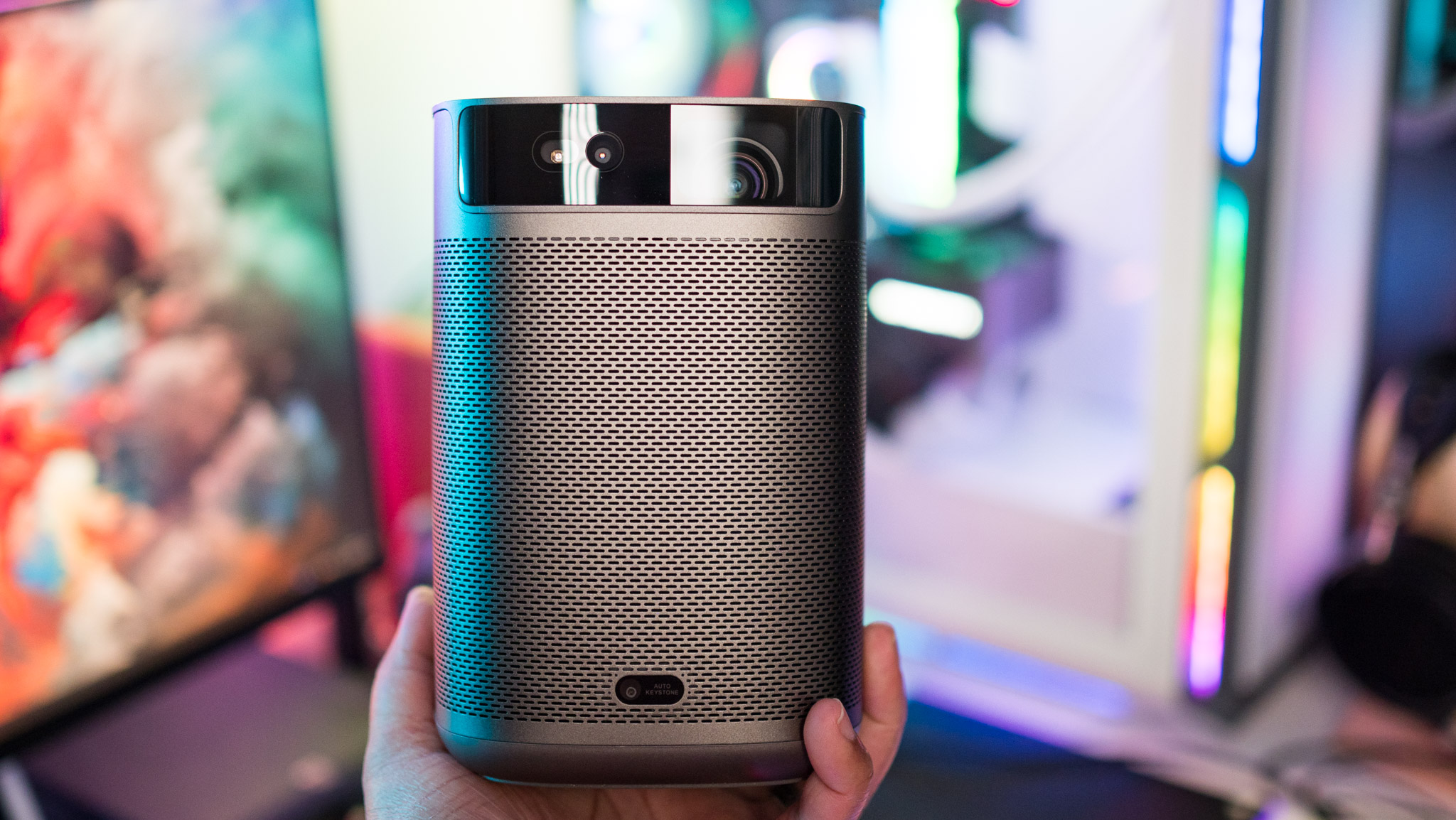
The MoGo 2 Pro is heavier than its predecessor in spite of missing out on an internal battery, and that's down to the larger onboard audio drivers. The projector has dual 8W drivers this time around, and there's a clear window at the back that highlights the passive radiator. The drivers are located on either side of the projector, and they deliver a balanced sound.
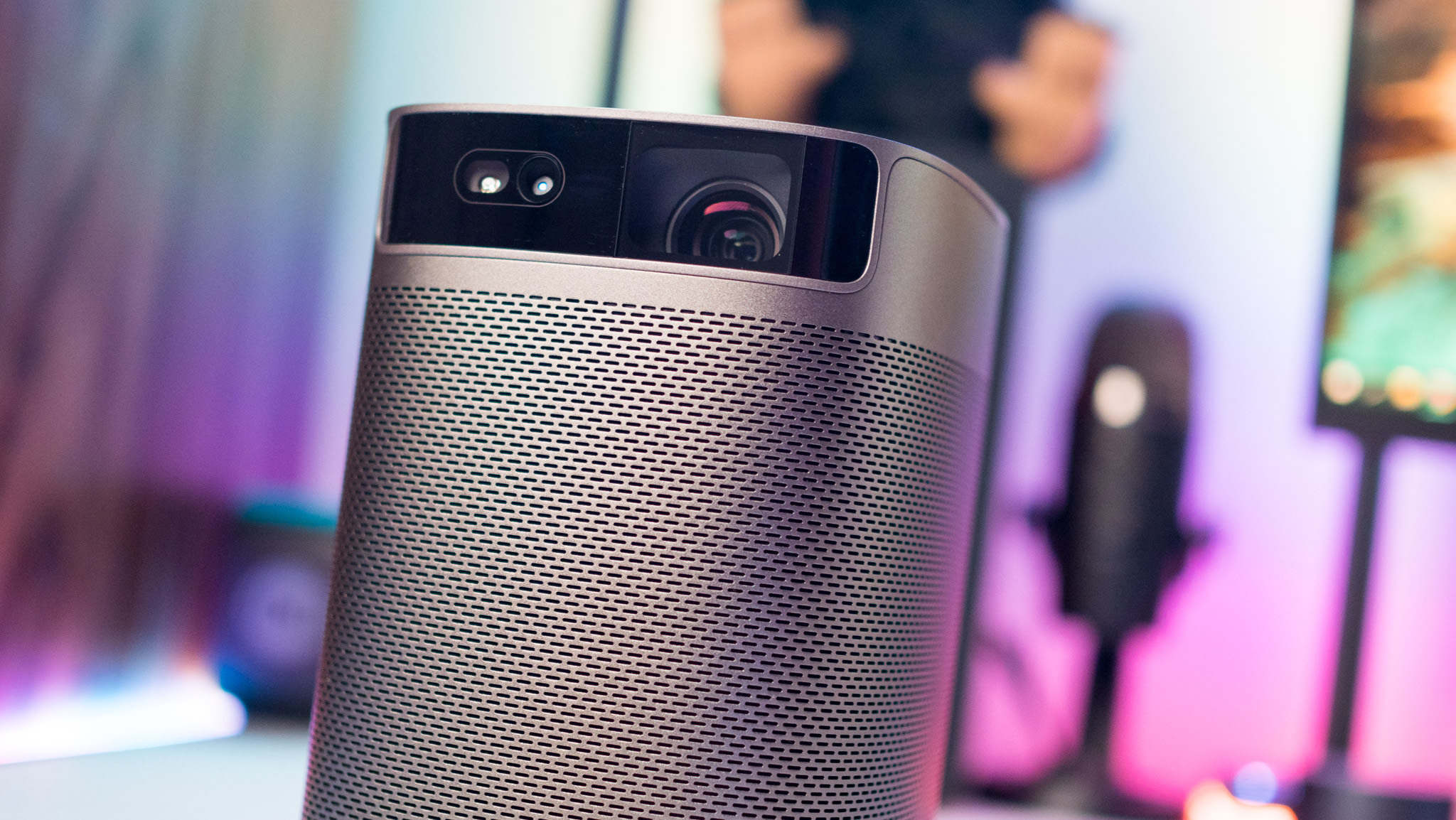
The lens is located at the front, and you'll find a CMOS camera and a new 3D ToF sensor that facilitates autofocus and auto keystone correction. XGIMI calls this ISA 2.0, and it is the biggest differentiator for the MoGo 2 Pro. The feature makes it effortless to set up the projector anywhere, and it works flawlessly. A big issue with most portable projectors is setting them up for outdoor use, and with autofocus and auto keystone correction, it takes no time to configure the MoGo 2 Pro on just about any surface.
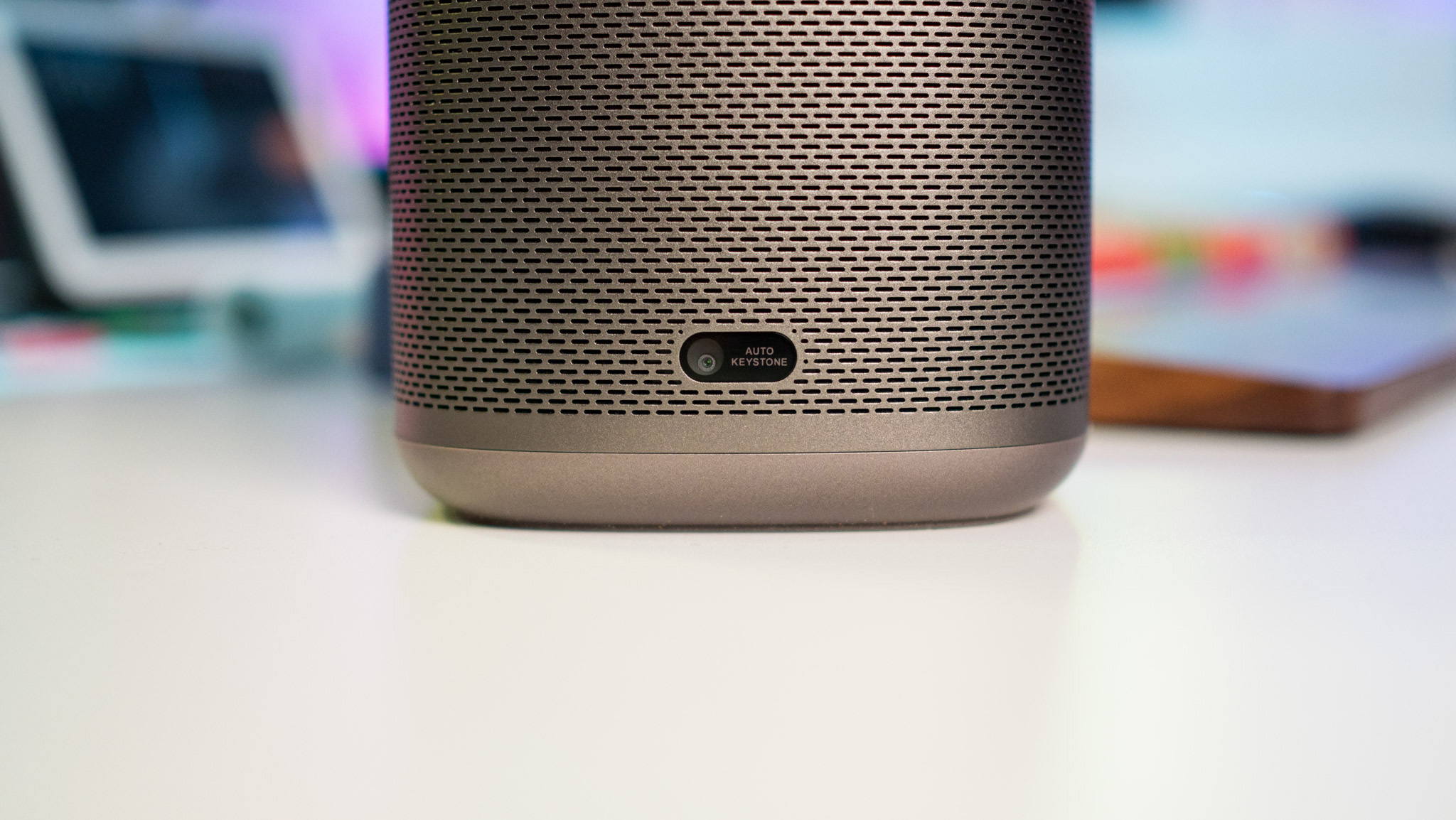
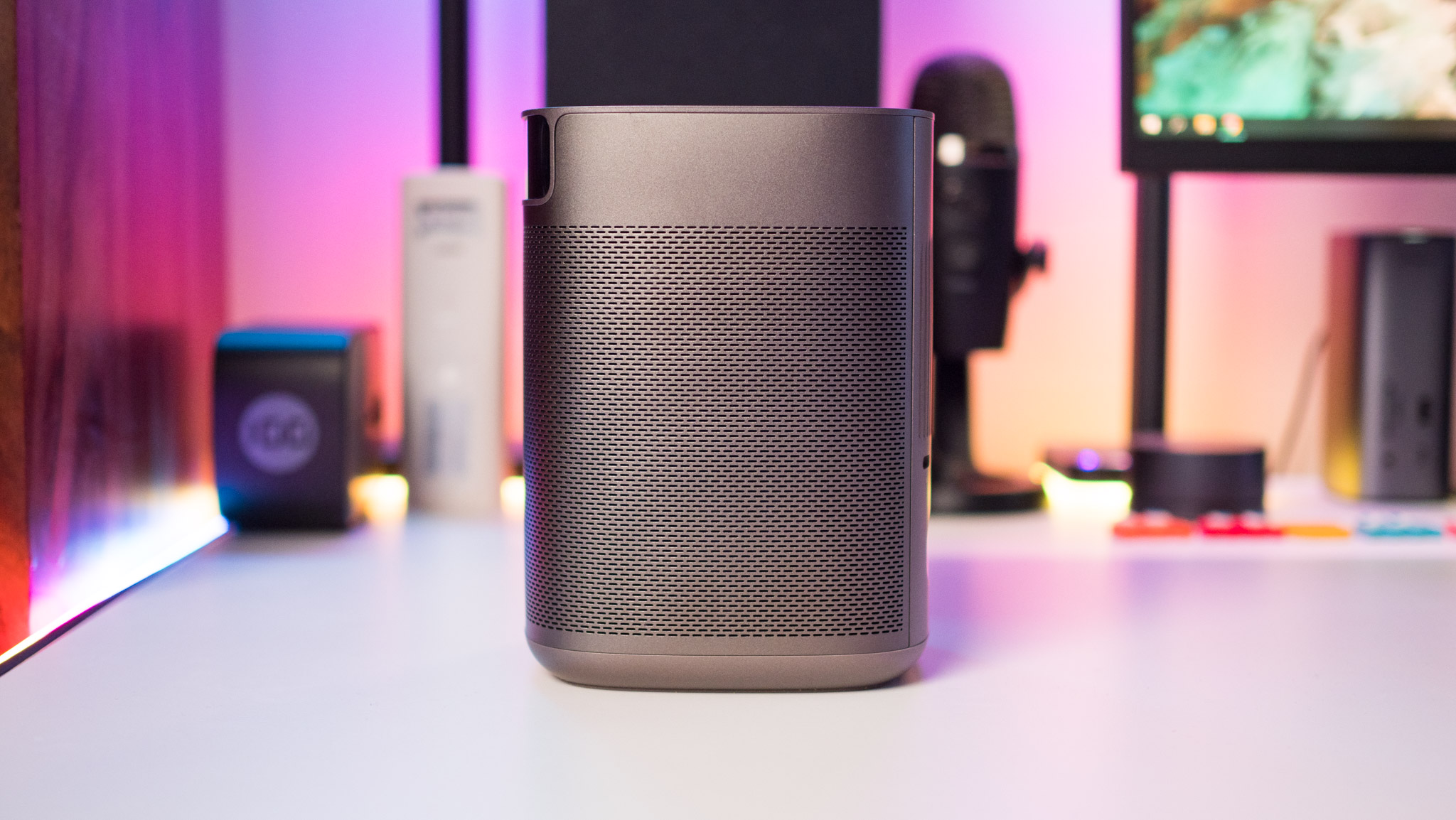
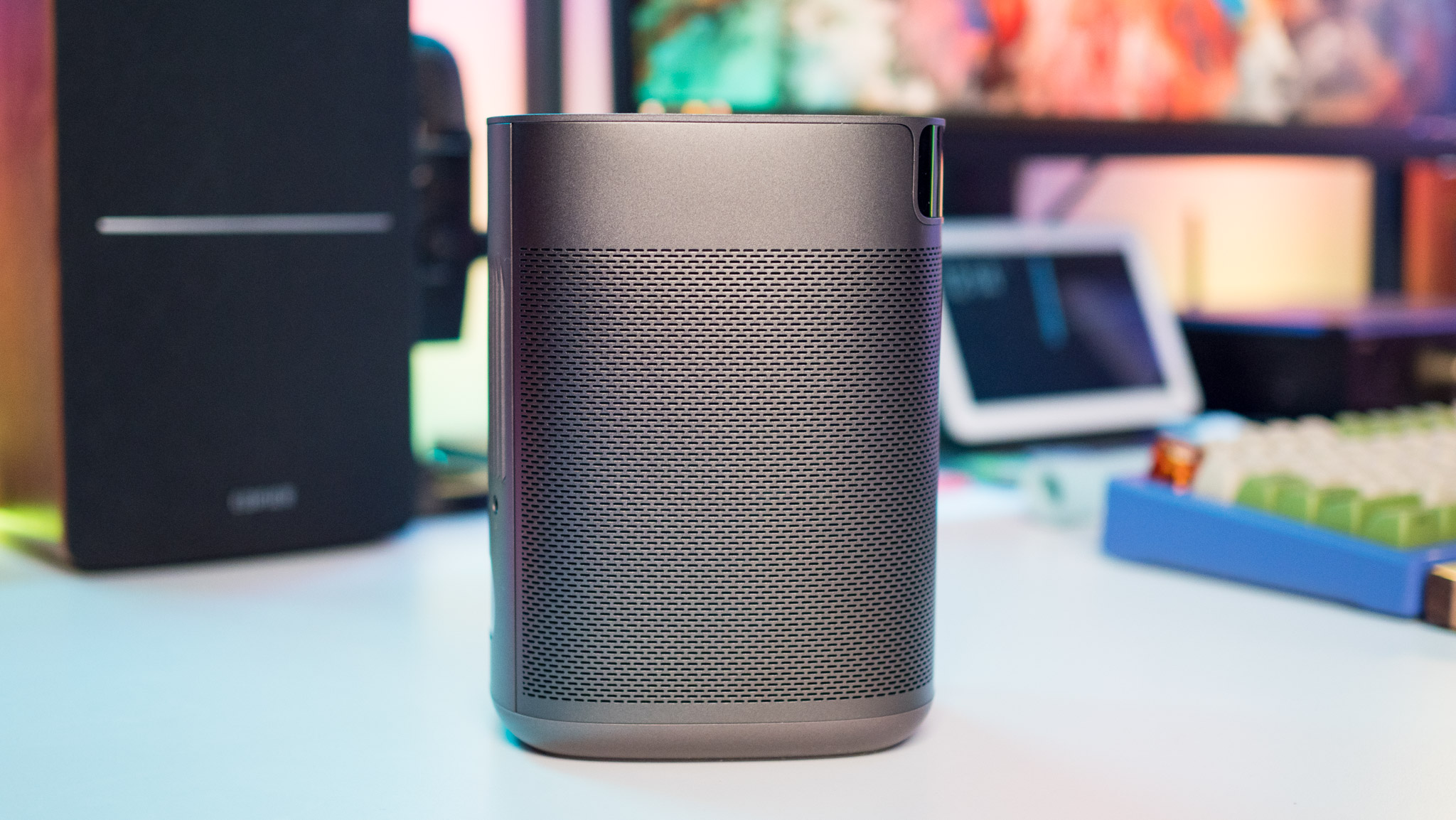
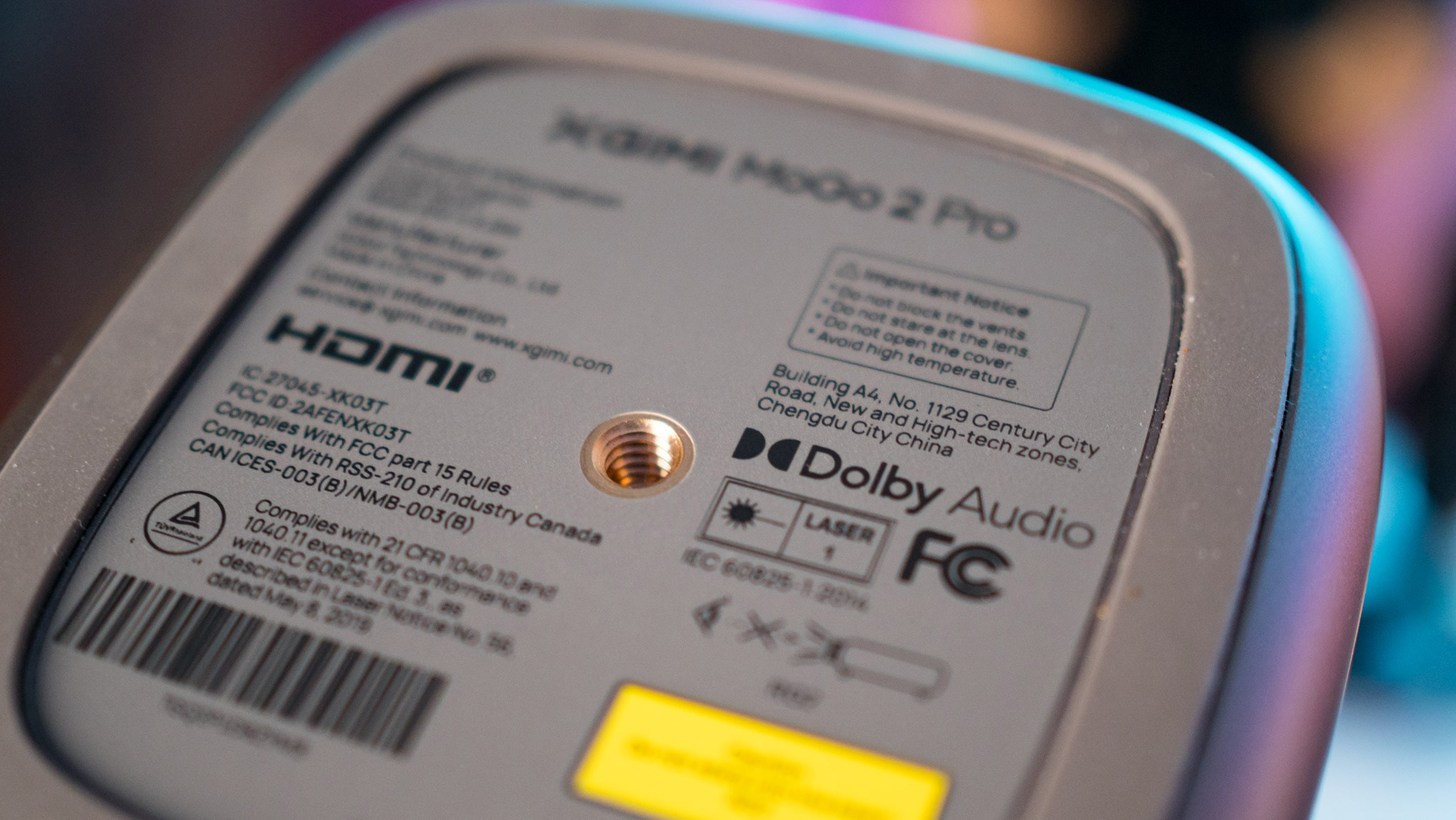
The vented design of the MoGo 2 Pro allows for good airflow, and there's a fan at the back that kicks in when the projector is active. On the hardware side of things, you'll find 2GB of RAM and 16GB of internal storage, and there's Wi-Fi ac along with Bluetooth 5.0. There's a standard mounting thread on the base that lets you mount the MoGo 2 Pro on a stand, but it stays planted on any flat surface as well.
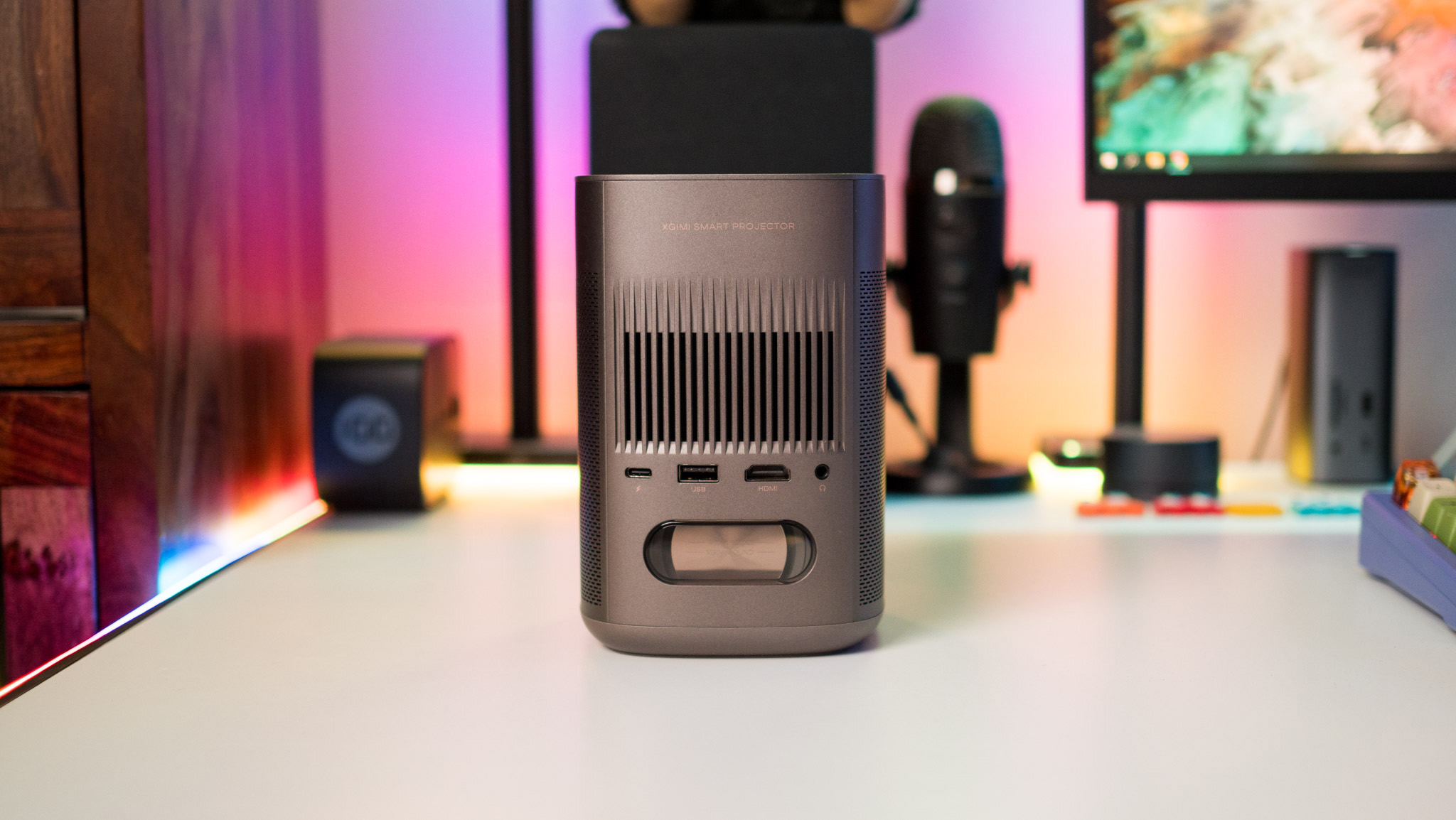
Round the back, you'll find an HDMI 2.0 port with ARC, USB 2.0 port, 3.5mm out, and a USB-C port for power. Previous models in XGIMI's portable range featured a DC connector, but with the MoGo 2 Pro requiring an external source, the brand switched to USB-C. The projector needs 65W of power, and you can use any of the best power banks currently available to drive the device.
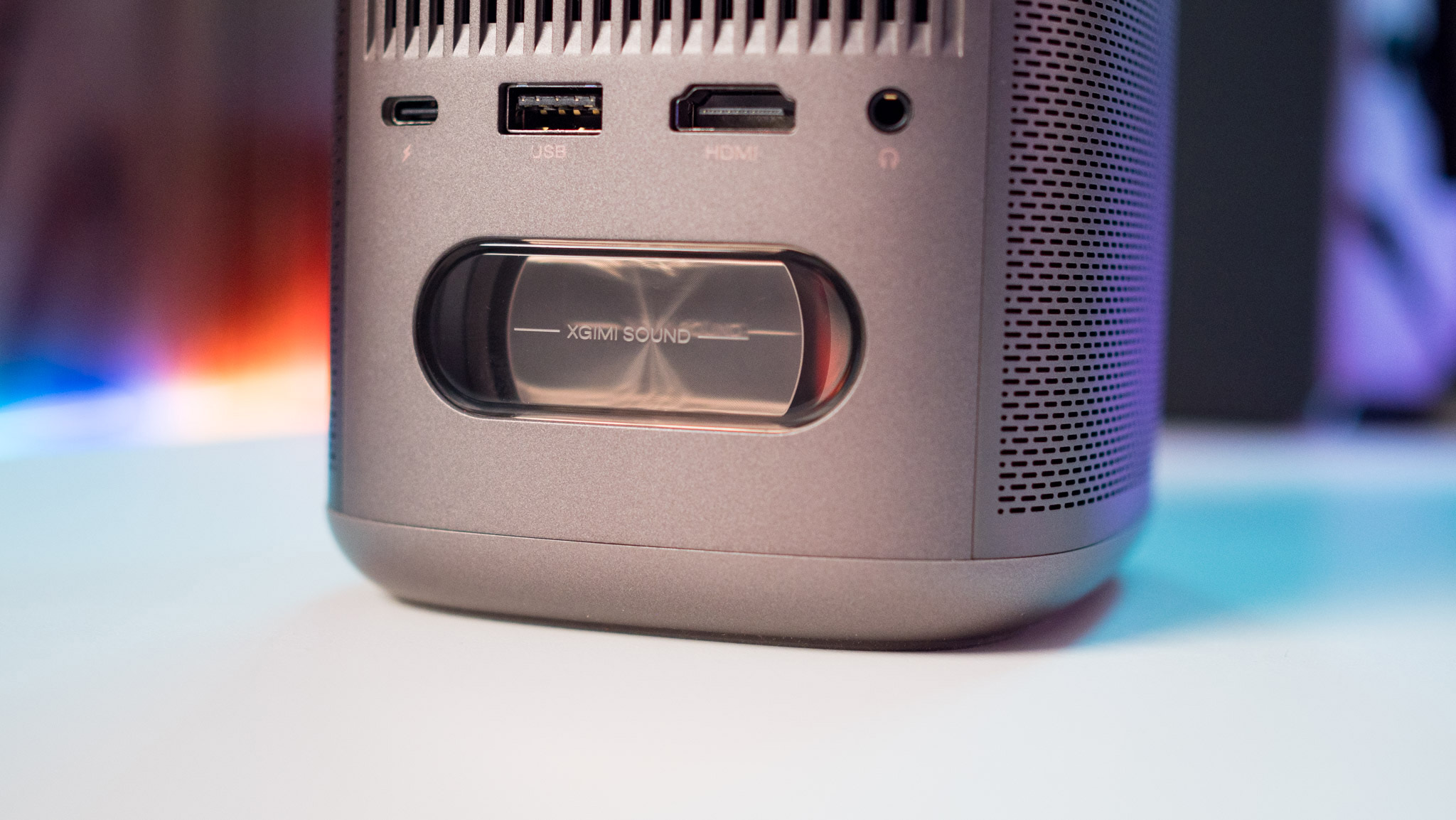
I used the MoGo 2 Pro with the 100W Shargeek Storm 2 and didn't have any issues whatsoever, but the projector automatically switches to Eco mode when connected to a power bank. This mode conserves power by reducing brightness and sound levels, and thankfully, you can disable the mode. I did so immediately after setting it up, and the MoGo 2 Pro worked just fine on the power bank, drawing just over 50W on average.

The only quibble I have with the design has to do with the onboard controls, or lack thereof. You'll find a power button at the top of the MoGo 2 Pro, and that's about it. I would have liked to see volume and playback controls directly on the device, but that isn't the case. That said, the bundled Bluetooth remote is fantastic, and it pairs without any issues.
Overall, the MoGo 2 Pro doesn't differ too much in the design area, but it still manages to look elegant, and it is just as portable.
XGIMI MoGo 2 Pro: Picture quality and sound

Picture quality is the area where there's the biggest difference, and while 400 lumens may not seem like a lot, the MoGo 2 Pro does a brilliant job in this area. Don't get me wrong; colors will look washed out during daytime use or if there's a lot of ambient light, but in a relatively dark room, the projector comes into its own.
It gets more than sufficiently bright, and colors look vibrant and detailed. There are four picture modes on offer — Movie, News, Music, and Sports — and in my usage, I found the Movie mode to have the best color vibrancy. The MoGo 2 Pro uses the same 1.2:1 throw ratio as the costlier Halo+, and it has HDR10. It features a 1920 x 1080 resolution, but it works with 4K sources like the NVIDIA Shield TV.


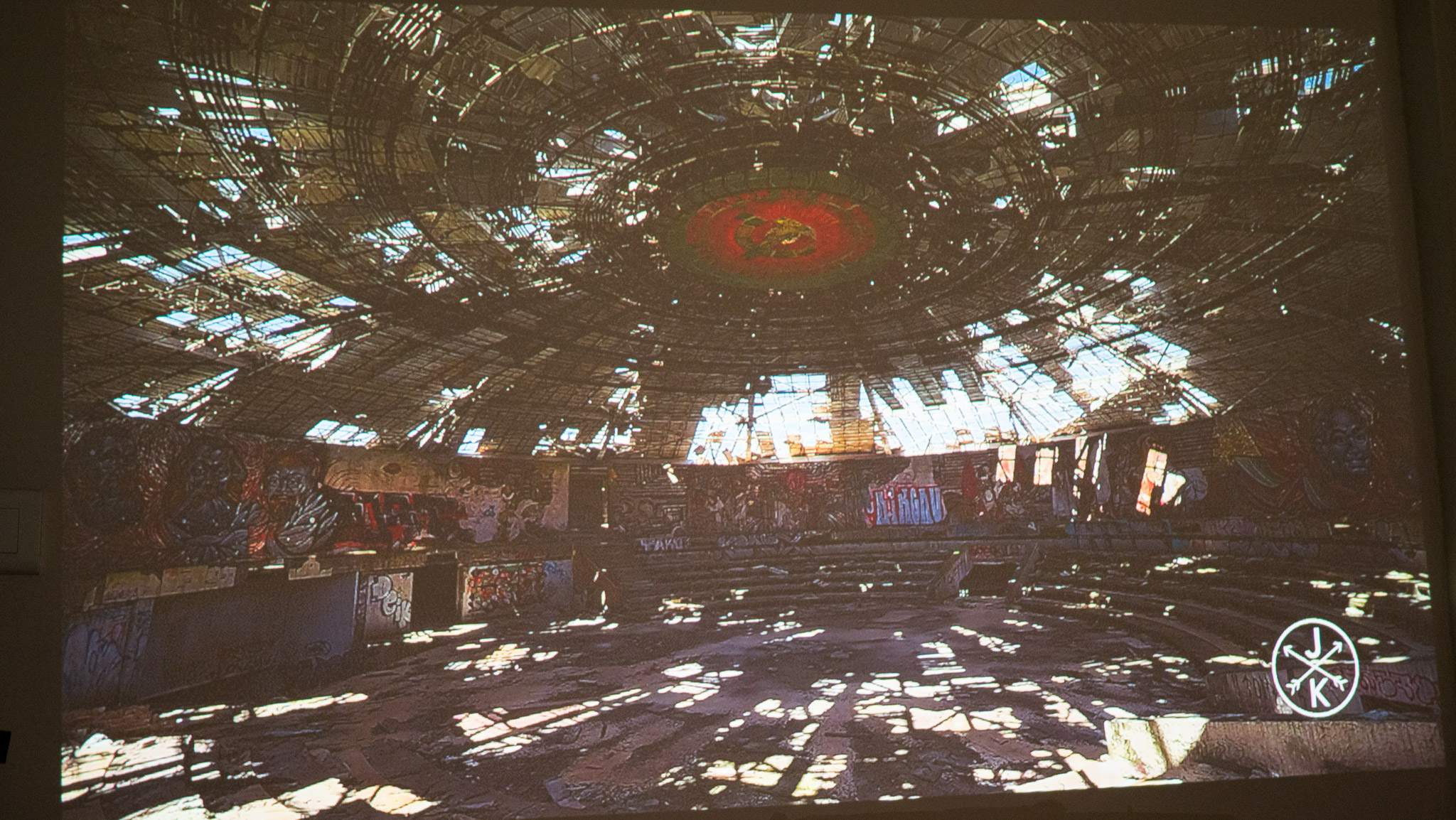
But the biggest revelation has been the onboard sound. Thanks to dual 8W drivers, the MoGo 2 Pro generates enough sound to fill a medium-sized room, and it is ideal for use on the go. XGIMI did a fantastic job in this area, and the built-in sound means you don't have to connect an external audio device to the MoGo 2 Pro.
XGIMI MoGo 2 Pro: Software
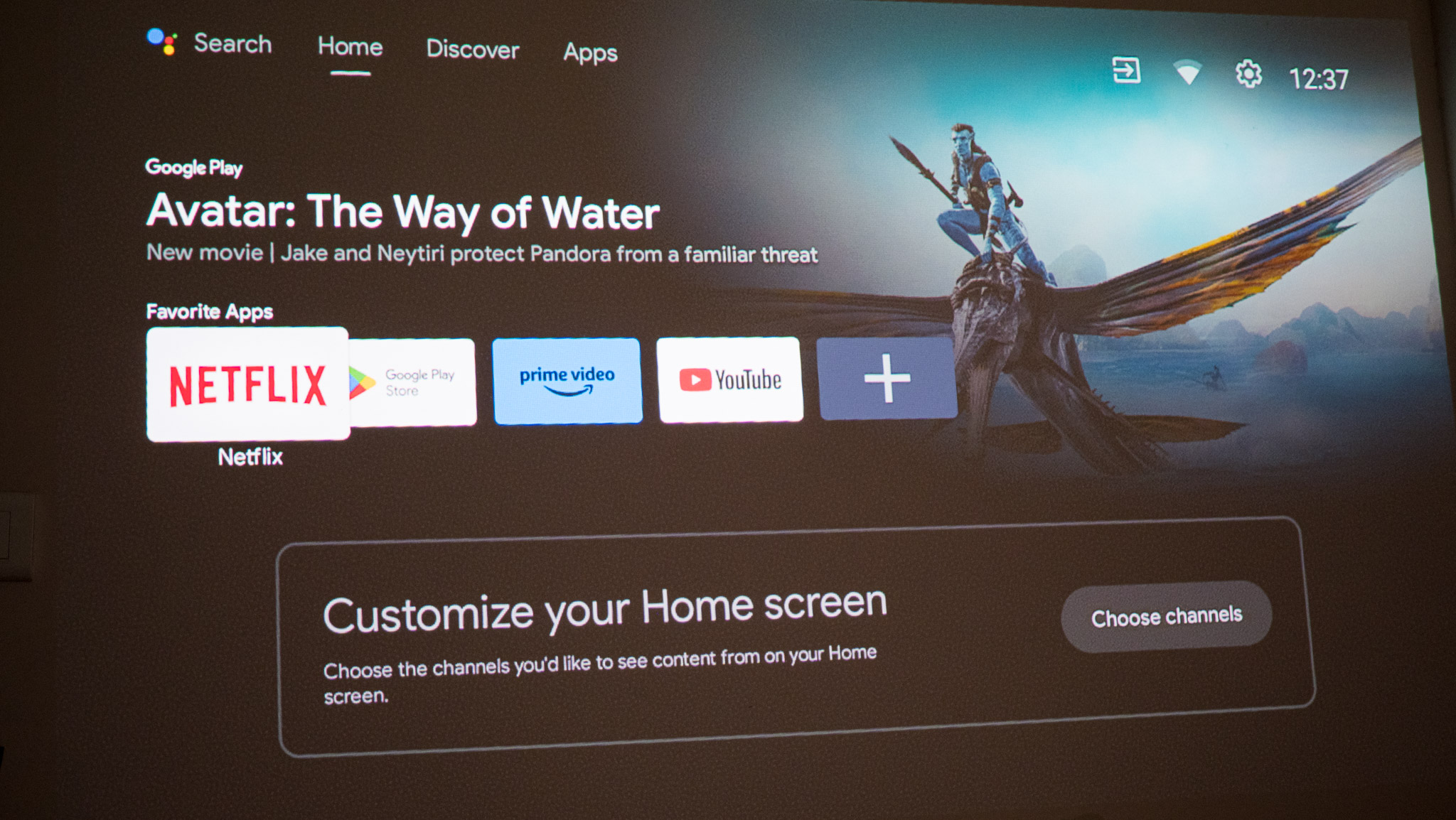
The MoGo 2 Pro runs Google TV based on Android 11 out of the box, and as I've stated before, I'm not a fan of the interface. It is riddled with ads and doesn't serve useful recommendations, and I would have liked to see Android TV instead. That said, you get full access to the Play Store, and in my usage, it has been relatively smooth. The hardware on offer means there is the occasional lag when switching between streaming services, but it isn't bothersome.
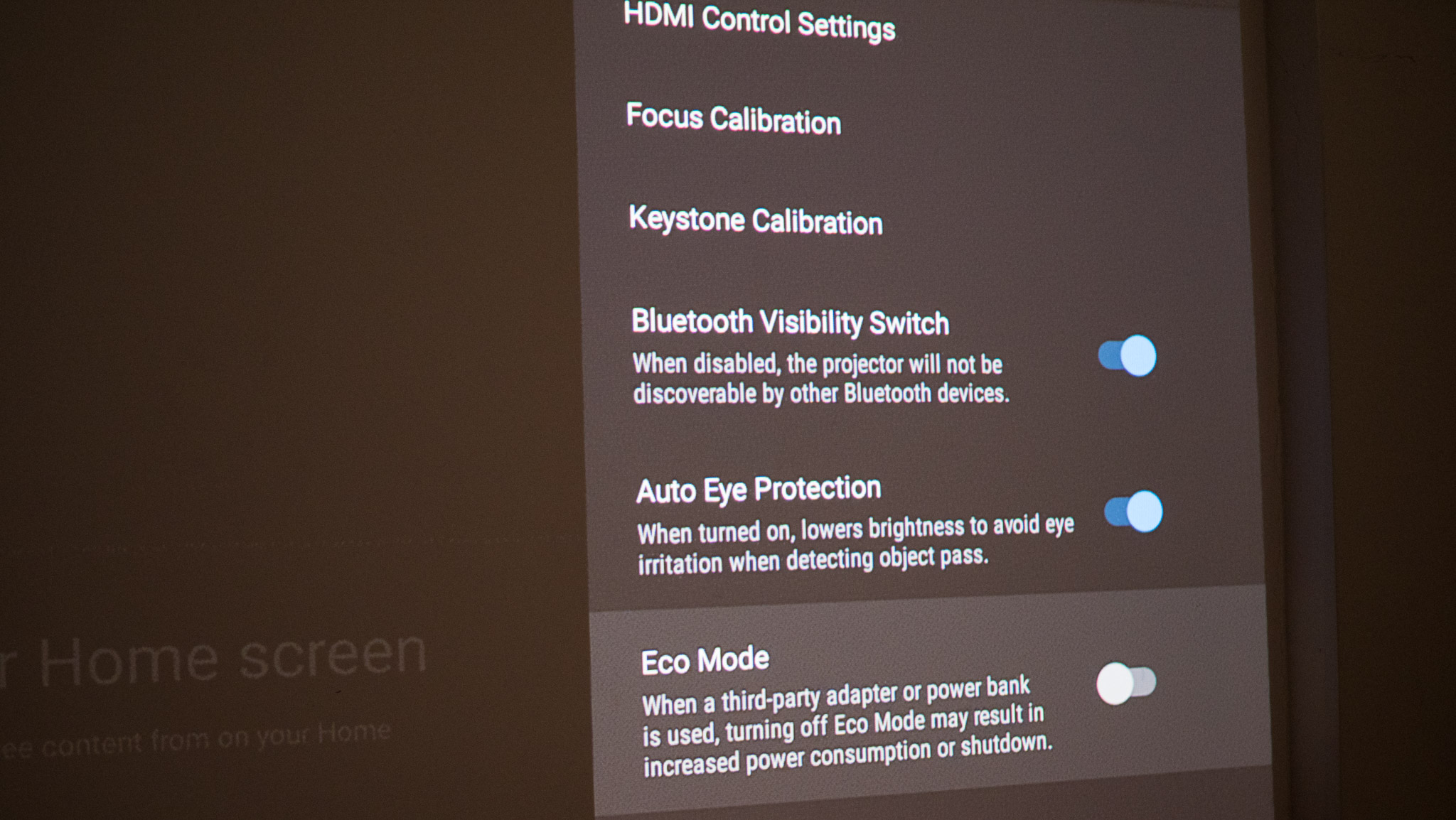
A big criticism of the brand's projectors in the past was lack of Netflix integration; this wasn't something that was under XGIMI's control, and even today, the likes of the Aura 4K ultra short throw projector don't have the streaming service. Thankfully, XGIMI found a workaround to get Netflix installed on the MoGo 2 Pro. You'll find a leaflet detailing the instructions in the box, and it essentially involves sideloading Netflix onto the device.
The method actually works, and while you miss out on HDR content, the fact that you can stream Netflix on a XGIMI projector solves a huge pain point. Other features include Chromecast integration — giving you the ability to cast content from your phone — and you can use the MoGo 2 Pro as a Bluetooth speaker by pairing with your phone and turning the screen off.
XGIMI MoGo 2 Pro: The competition

While the MoGo 2 Pro has a lot to offer, it is costly at $549, and if you're in the market for value, you should take a look at the first-gen MoGo Pro. That projector is now down to just $299, and while it doesn't get as bright as the MoGo 2 Pro, it is a much better bargain. The 6W onboard sound isn't as detailed either, and you miss out on the fast auto keystone correction feature, but you get a built-in battery that lasts up to two hours, and at just over half the price, it is a stellar value.
If you want the brightest picture that XGIMI has to offer in its portable portfolio, then you'll want to consider the Halo+. I used the projector for several weeks last year, and it is a brilliant overall product. It goes up to 900 lumens, has auto keystone correction, 10W onboard audio, and a large built-in battery that lasts just over 2.5 hours. It is available for $719 at Amazon right now, and for what you're getting, it is a fabulous deal.
XGIMI MoGo 2 Pro: Should you buy it?
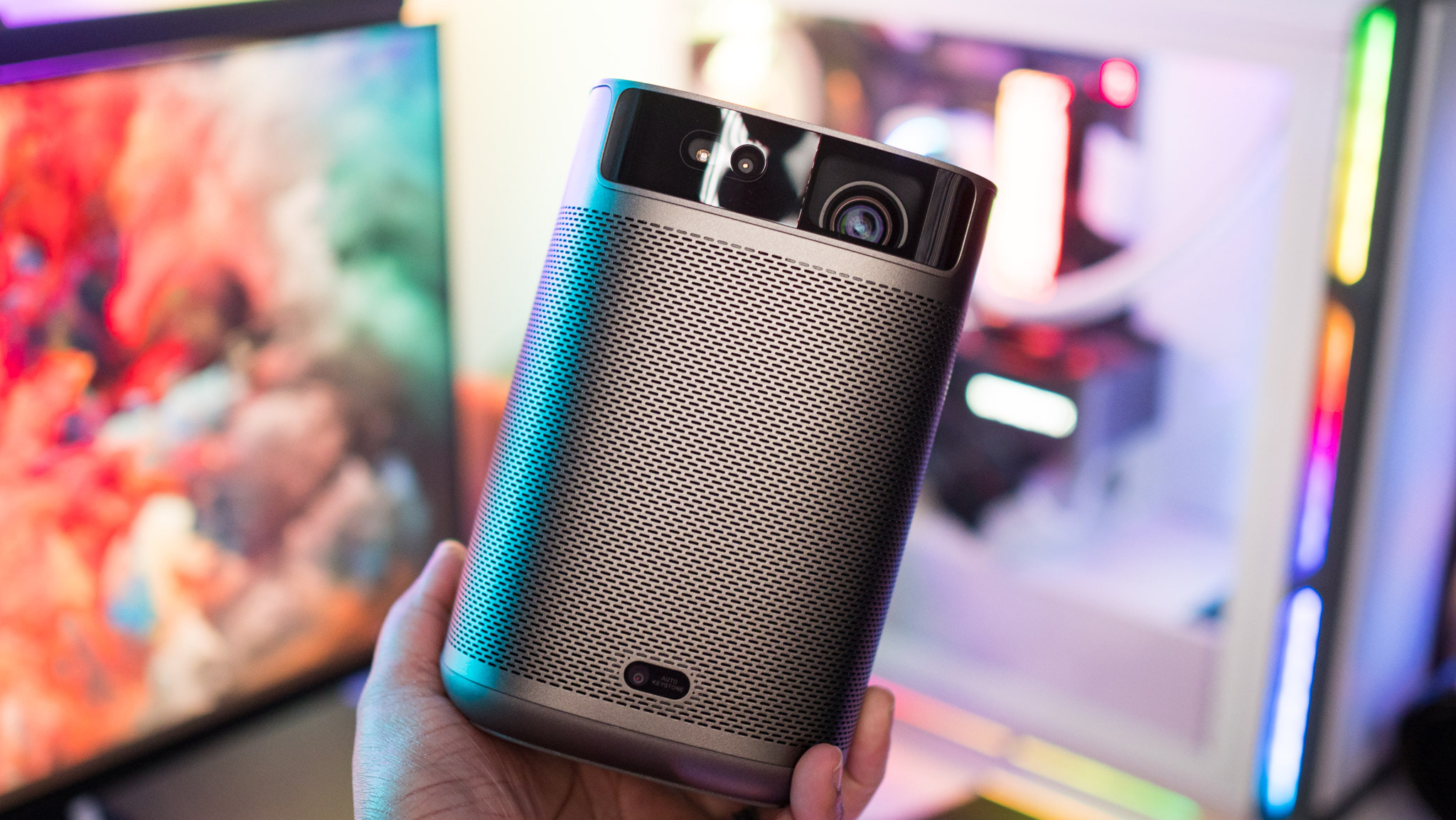
You should buy this if:
- You want a portable projector that gets bright
- You're looking to stream HDR content on the go
- You want detailed onboard sound
- You need a projector that's straightforward to set up and use
- You want Google TV
You shouldn't buy this if:
- You want a portable projector with a built-in battery
While I was initially unsure about the MoGo 2 Pro given the lack of an internal battery, the projector ticks all the right boxes. For one thing, it sounds much better than I thought possible, and XGIMI's decision to go with larger sound drivers in lieu of an internal battery proved to be the correct one.
XGIMI also threaded the needle when it comes to brightness levels. At 400 lumens, the MoGo 2 Pro is significantly brighter than its predecessor — making it that much more versatile — but it still isn't great for daytime use or in situations with a lot of ambient light. If you need a portable projector that gets bright, you'll need to pay a little more and get the Halo+, which goes up to 900 lumens.
The best part is that with autofocus and auto keystone correction, setting up and using the MoGo 2 Pro is about as easy as it can get, and that makes it one of the best portable projectors around. I'm also glad that there's finally a usable workaround for Netflix — a longstanding issue for the brand.
If you want a take-anywhere portable projector with good brightness levels and stellar sound, there isn't a better option in this category than the MoGo 2 Pro.

Harish Jonnalagadda is Android Central's Senior Editor overseeing mobile coverage. In his current role, he leads the site's coverage of Chinese phone brands, networking products, and AV gear. He has been testing phones for over a decade, and has extensive experience in mobile hardware and the global semiconductor industry. Contact him on Twitter at @chunkynerd.


